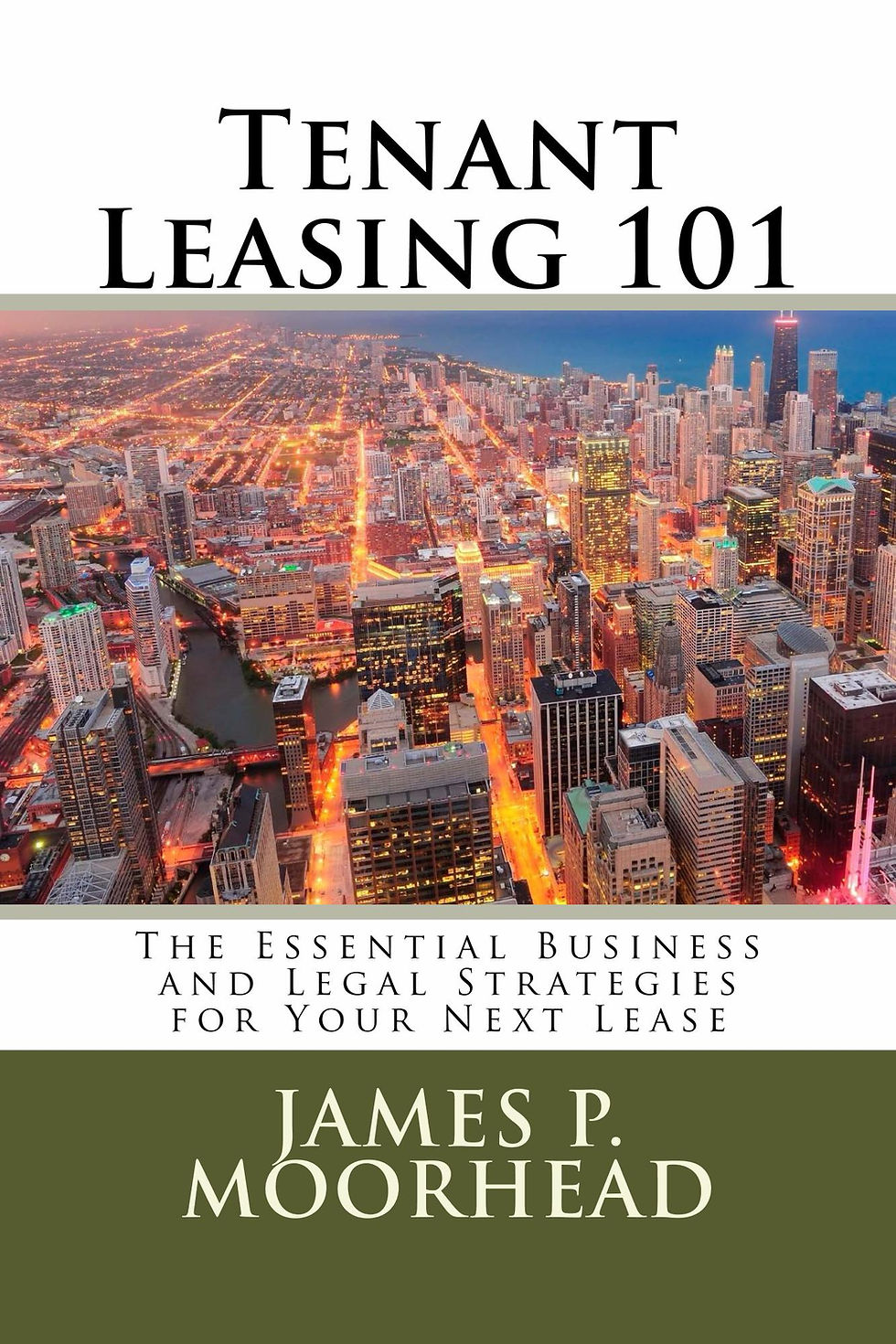Leasing 101: Address Potential Exposure in the Default Section
- jmoorhead
- Mar 30, 2022
- 2 min read
Updated: Jan 1, 2023

The default section in a lease lists the set of conditions upon which a landlord may terminate a lease or tenant’s right to possession, as well as landlord's remedy.
The default remedies are significant and can severely impact a tenant. This section should be reviewed to minimize the risk that landlord will be able to ever put tenant in default and seek a remedy.
Default Triggers are Stiff
The default provision typically will say that a default occurs in the event tenant fails to pay rent when due or with a few days of when due.
Having a few days’ buffer is obviously the better of the two versions. However, a tenant should try to require landlord to notify tenant before a default can occur.
Landlord to Notify Before Default
An ideal default provision would include this notice requirement.
The default provision would then state something to the effect of “An event of default will occur in the event tenant fails to pay rent within five days after receipt of landlord’s notice.”
Soften the Default Trigger for Administrative Problems
Tenants should avoid default triggers that arise solely from administrative snafus.
For example, some companies may pay rent through autopay, but expanding companies may not have the established systems in place. A rapidly growing company that may have organizational challenges as part of its growing pains would probably be helped very much by having the default for late rent be triggered “five days after notice from landlord” and not “five days from when due.”
Landlords very likely will refuse to accept this type of provision. It essentially allows a tenant to be perpetually late with payment obligations. It also shifts the obligation of rent payment from tenant to landlord, who then is burdened with collecting it.
Limit to Two Times in Any 12 Months
A compromise position is to allow the notice provision but to limit the provision to two times in any twelve month period.
Time to Diligently Cure
A default for any tenant requirement other than rent payment typically is thirty days after landlord’s notice.
For tenant matters that cannot be cured within 30 days, it is helpful to state that a default will not occur so long as tenant commences to cure the matter within thirty days of notice and diligently completes the cure.
When a tenant is about to sign a lease, it usually is focused optimistically on the best case scenario for the new premises. It envisions a successful business in a problem-free environment. However, by taking some time to review the lease provisions, including the default section, that address what can happen when problems arise, a tenant can protect itself when the unexpected occurs.
It is important to confirm that the default section is reviewed with respect to the individual tenant’s business to avoid issues that may distract the tenant from its business objectives.























